October 2020 - May 2021
Radical Infrastructures
An Instagram study on alternative social structures, or groups remaking the fabric of society to question the status quo.



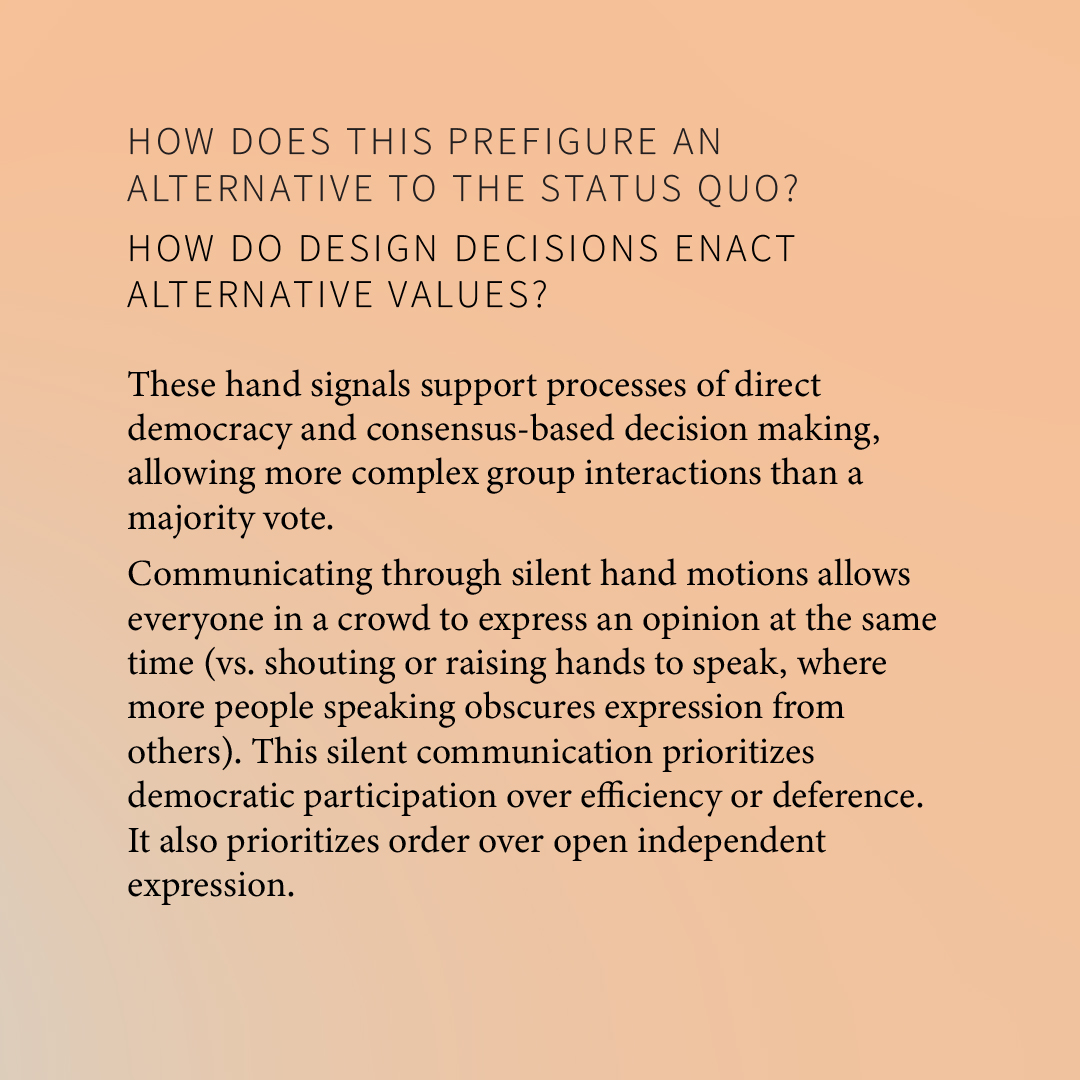
After I spent some time using speculative design to imagine futures without policing and capitalism in the Radical Design classes and Futures of Public Safety project, I began to compare that speculative work with other ways of imagining the future. I saw activist groups who performed alternative futures together, building on shared political ideas and visions, like police abolition, solidarity economies and community accountability. These groups sometimes followed social movement traditions, and sometimes acted out of a basic need for safety and support when it wasn’t provided by the dominant system. I heard designers speaking of our ability to transform social systems, yet I also knew of the modernist, colonialist, industrialist mindsets design carries. I felt I needed to learn more about how people without design backgrounds go about enacting futures without policing and capitalism. I was particularly interested in how they approachthe same things designers claim to be expert in, like designing experiences that create meaning through form.
To explore these questions, I created an instagram account @designradicalfutures and began posting case studies about social structures that have been ‘designed’ by activist groups. I followed a template for each case study (which changed slightly over time) to ask:
-
where the structure came from,
- what touchpoints were designed for it, and
- how these structural elements enact alternative values.
I also reached out to current groups enacting social alternatives to co-create some posts together.

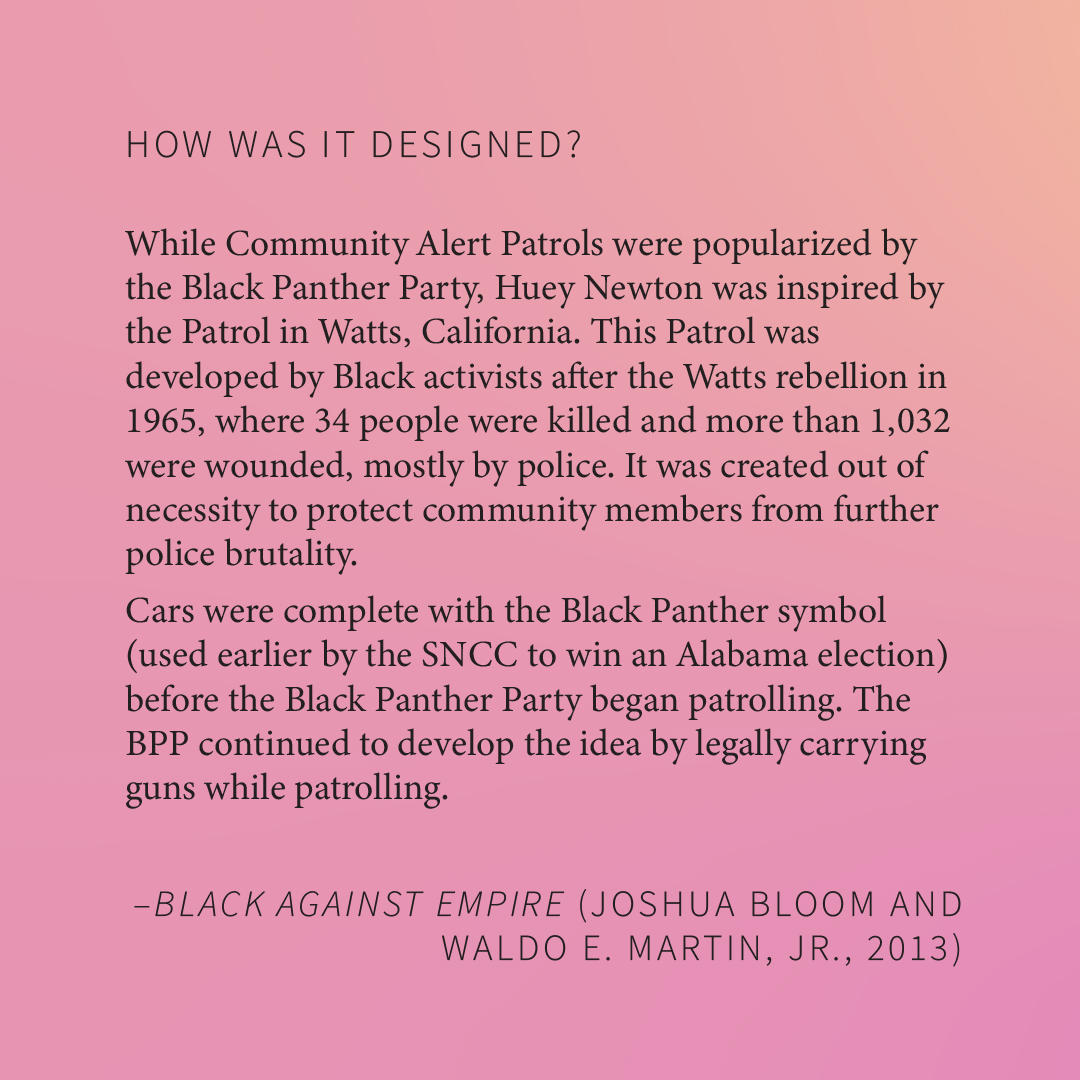

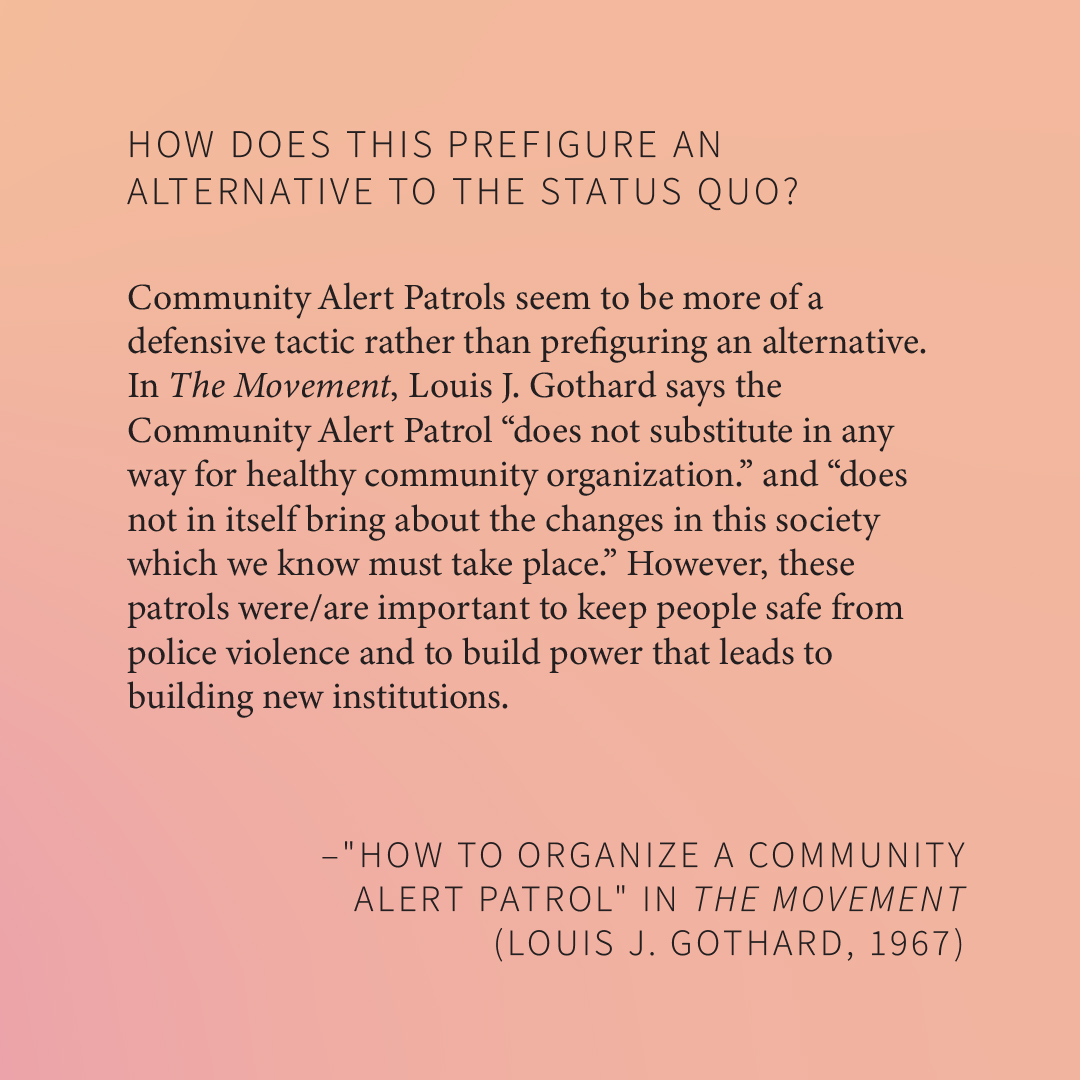
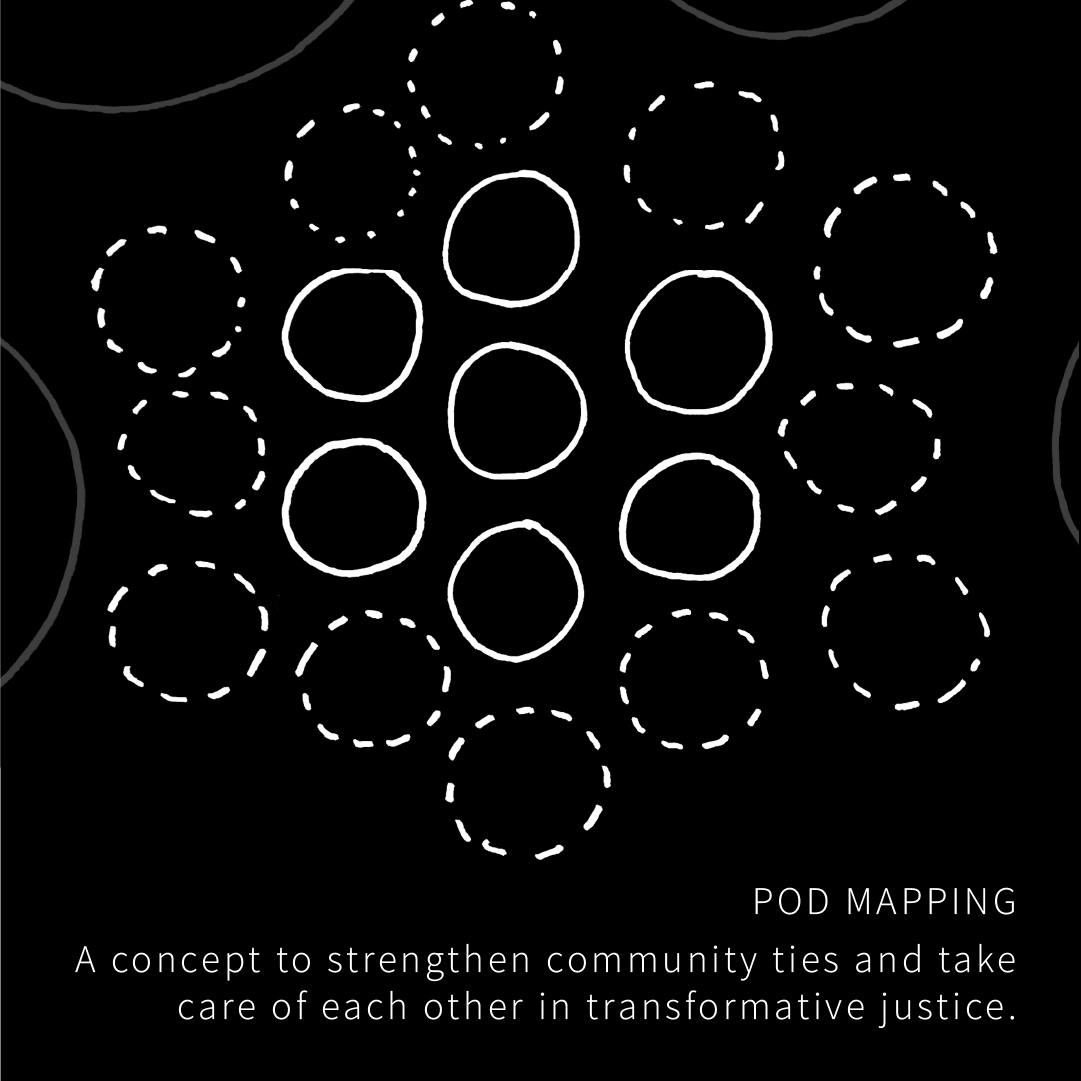
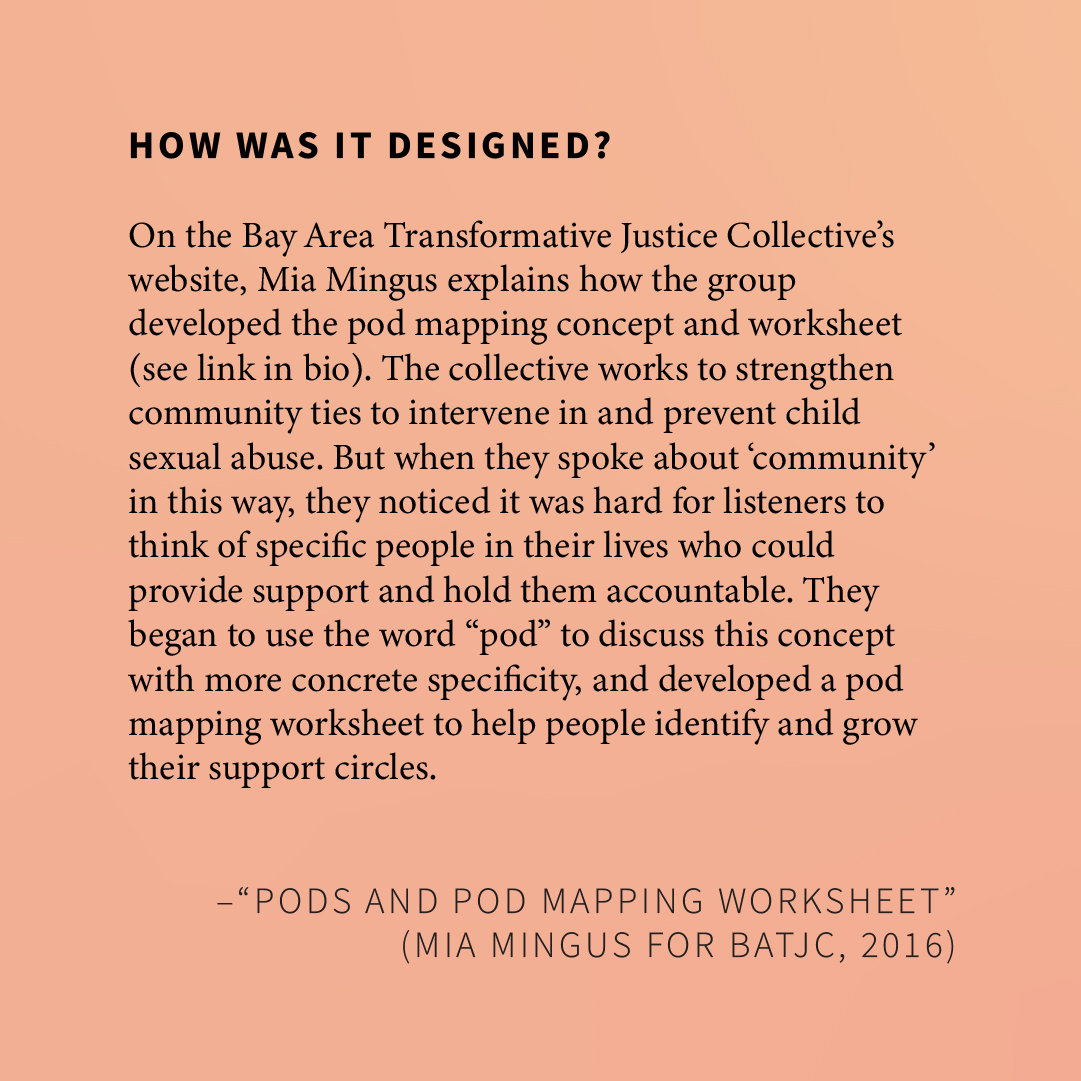




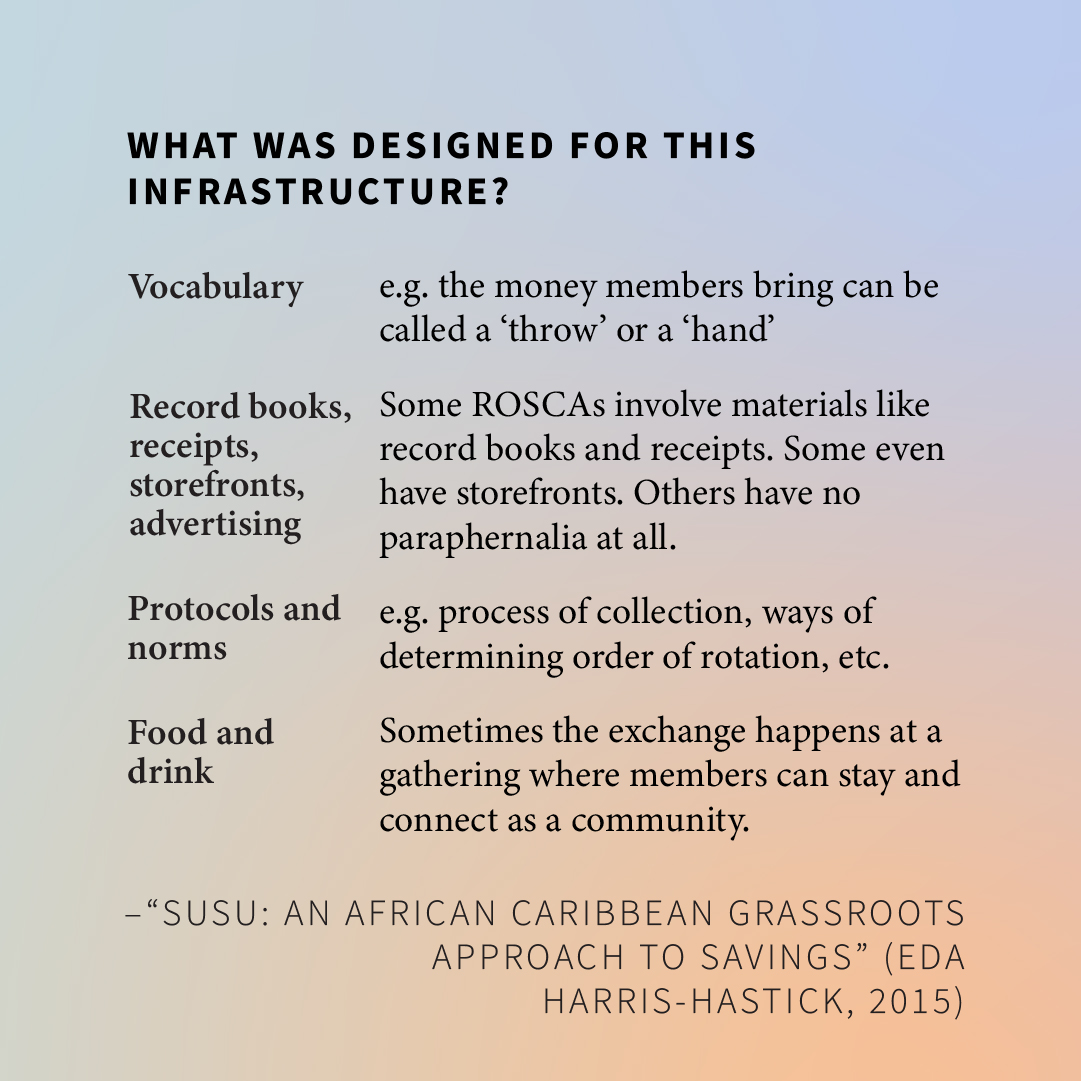


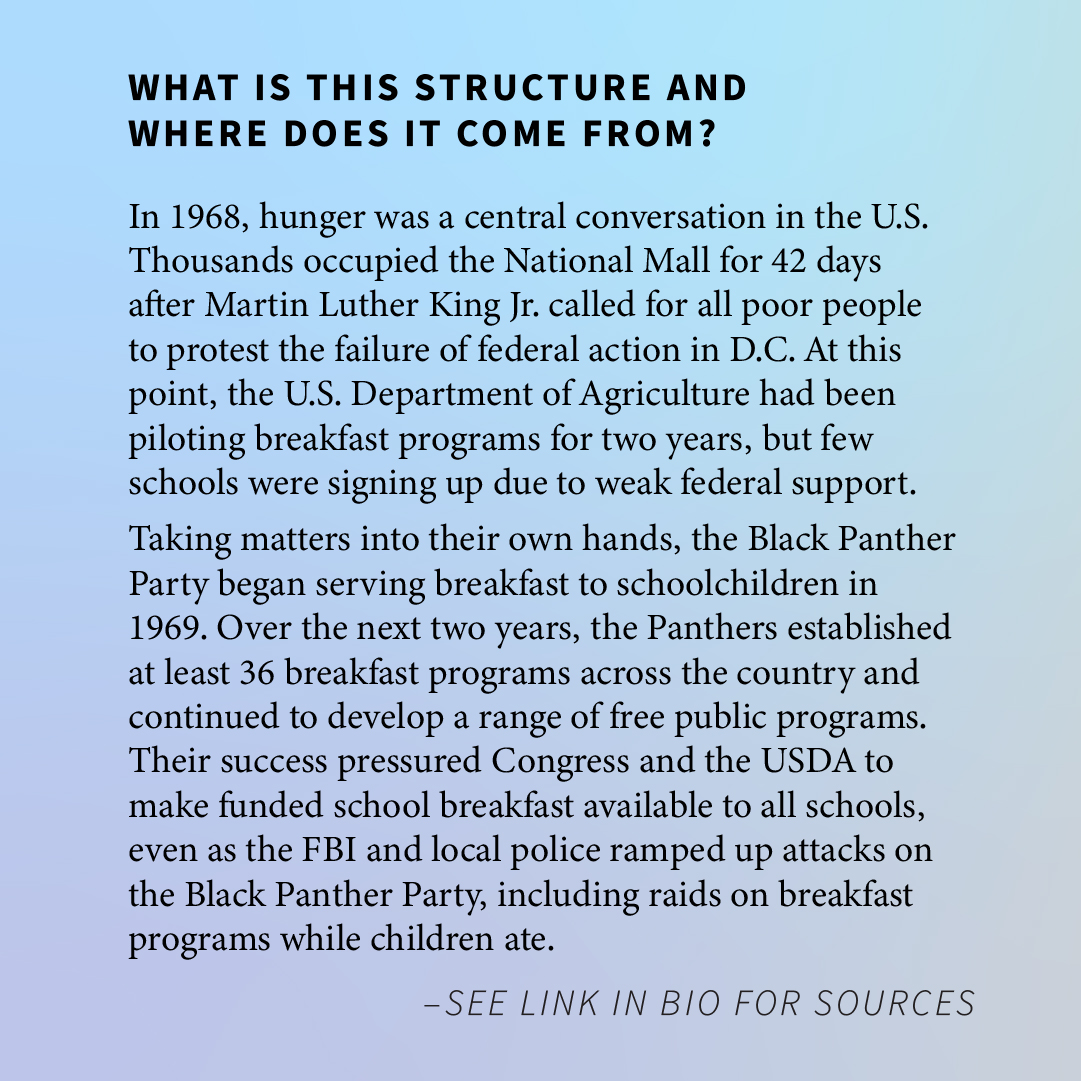
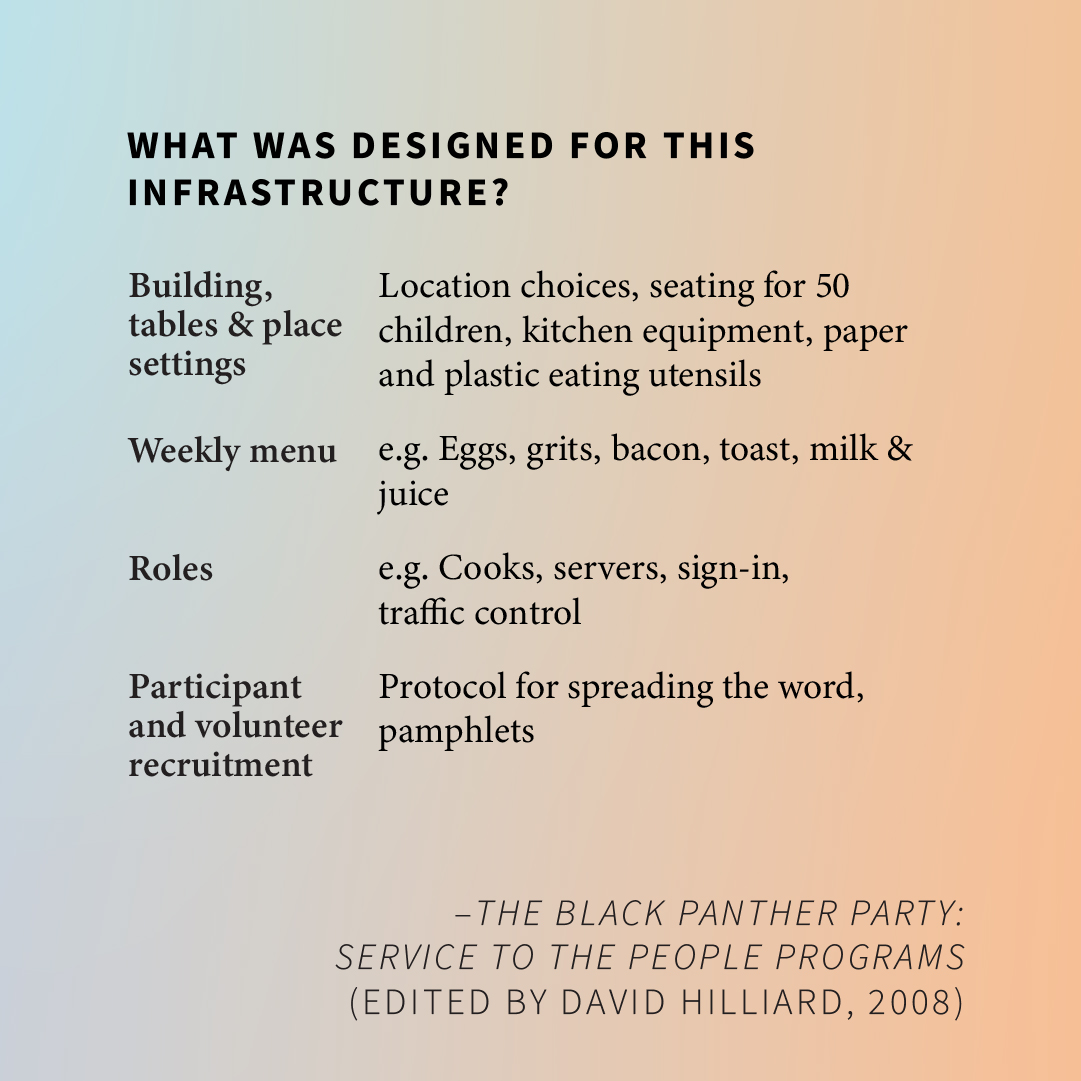

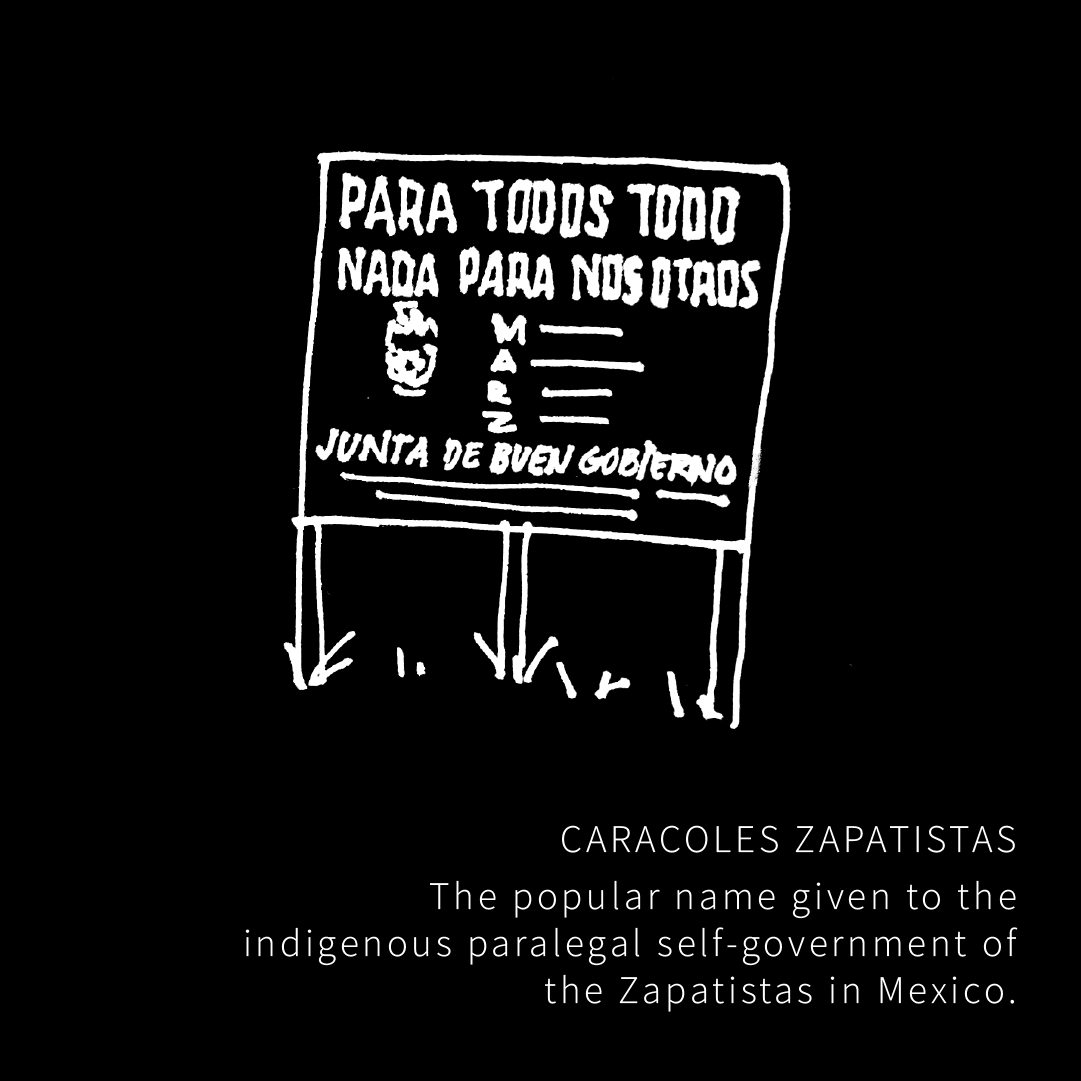
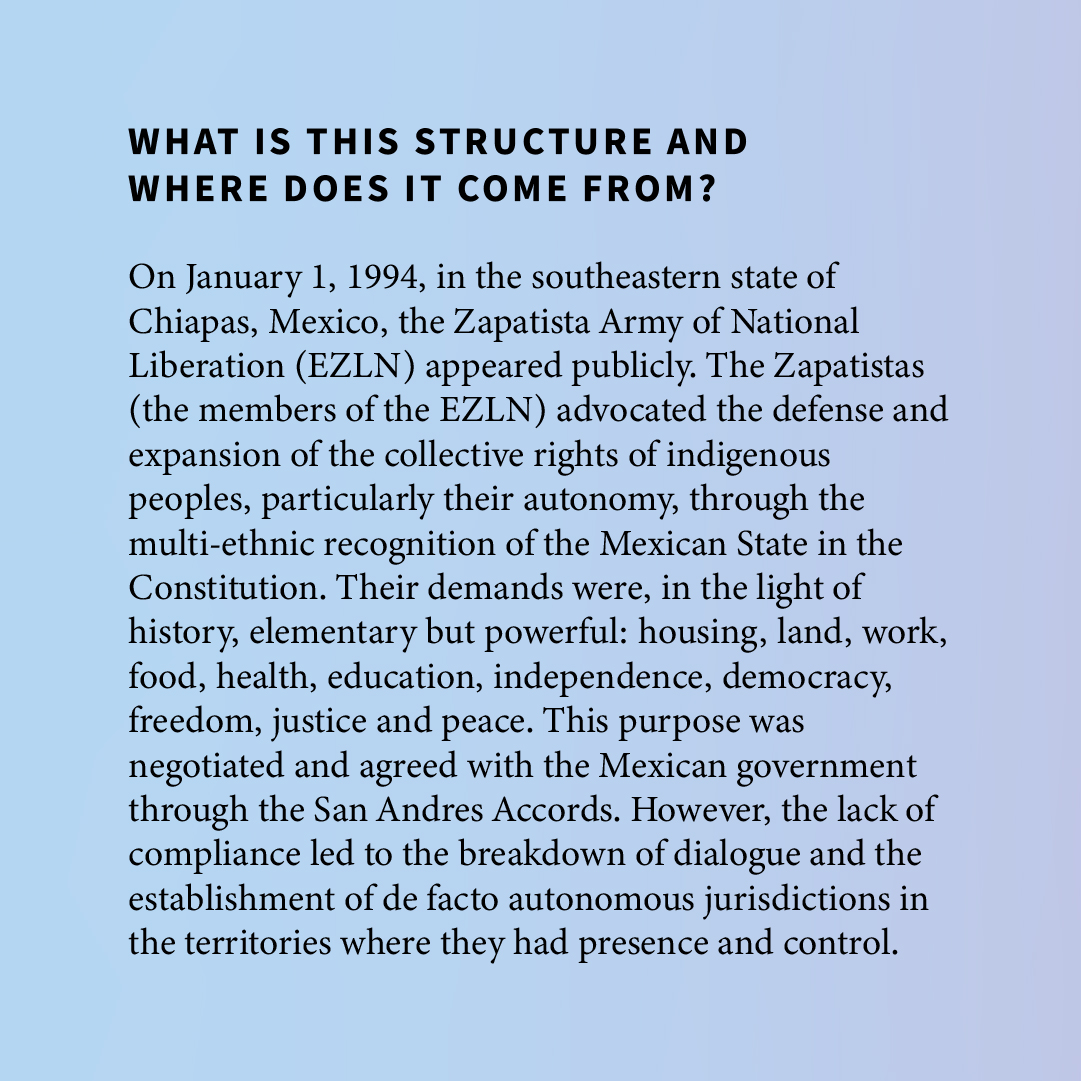


Written with Jorge Guzmán, Master’s student in Government and Public Affairs at the National Autonomous University of Mexico
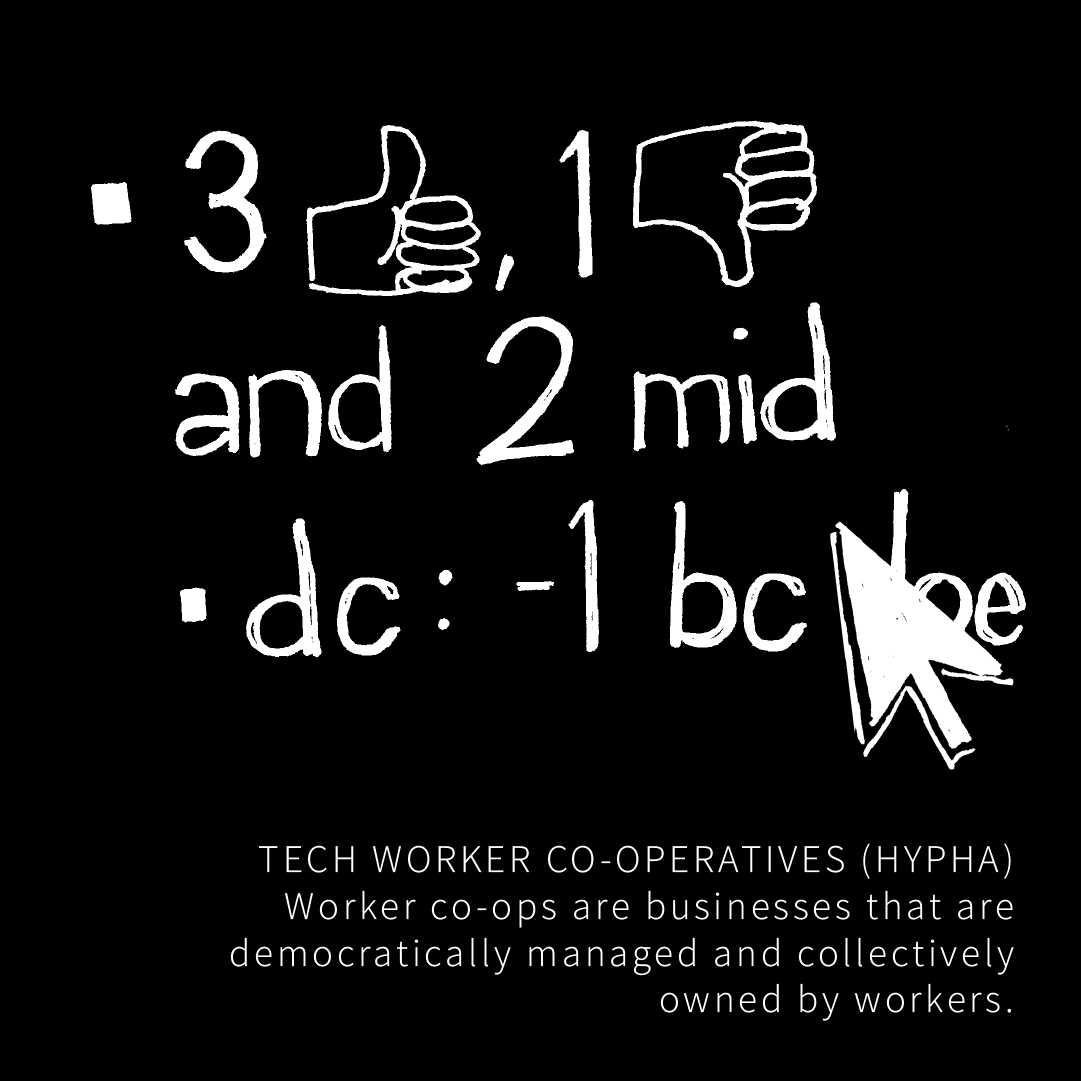
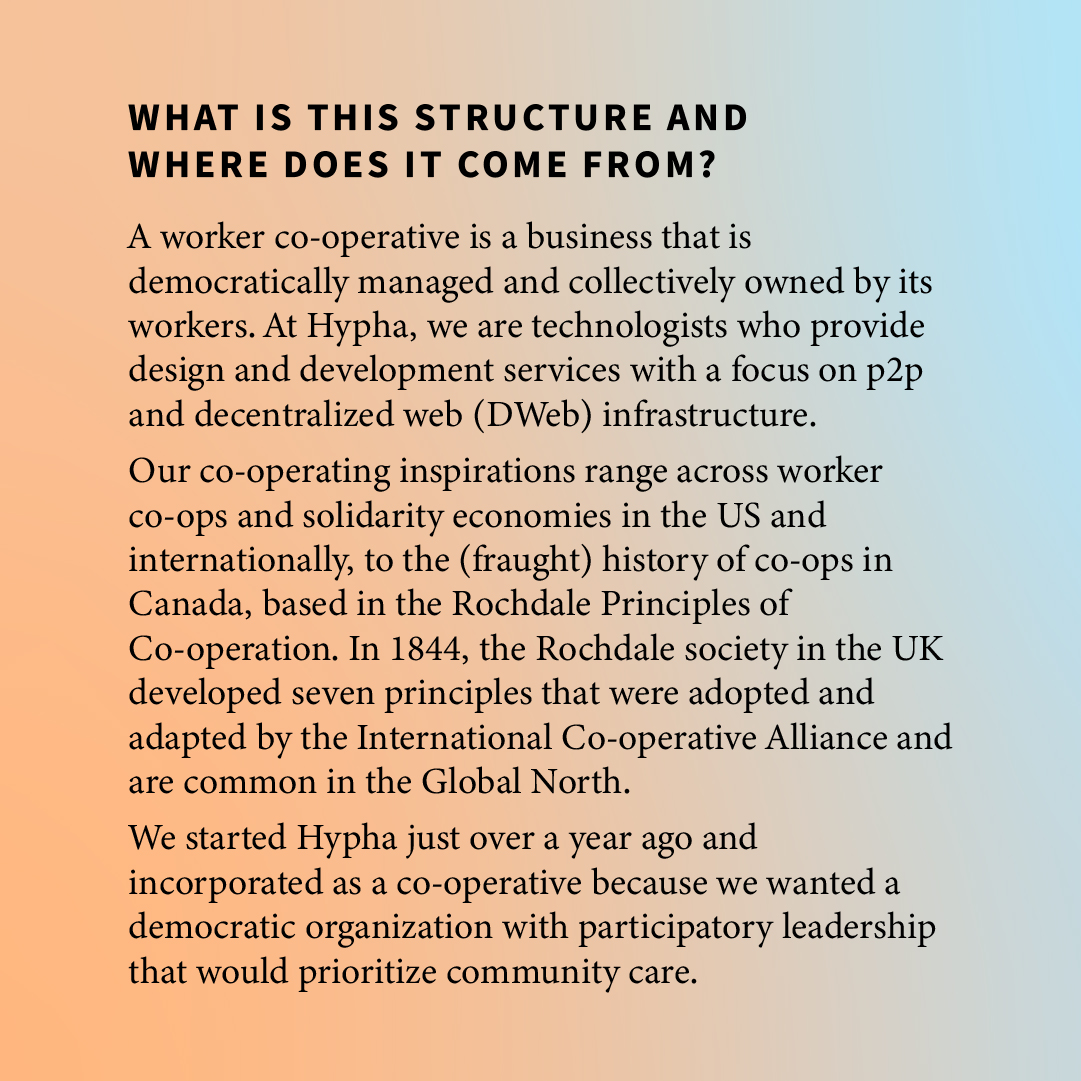
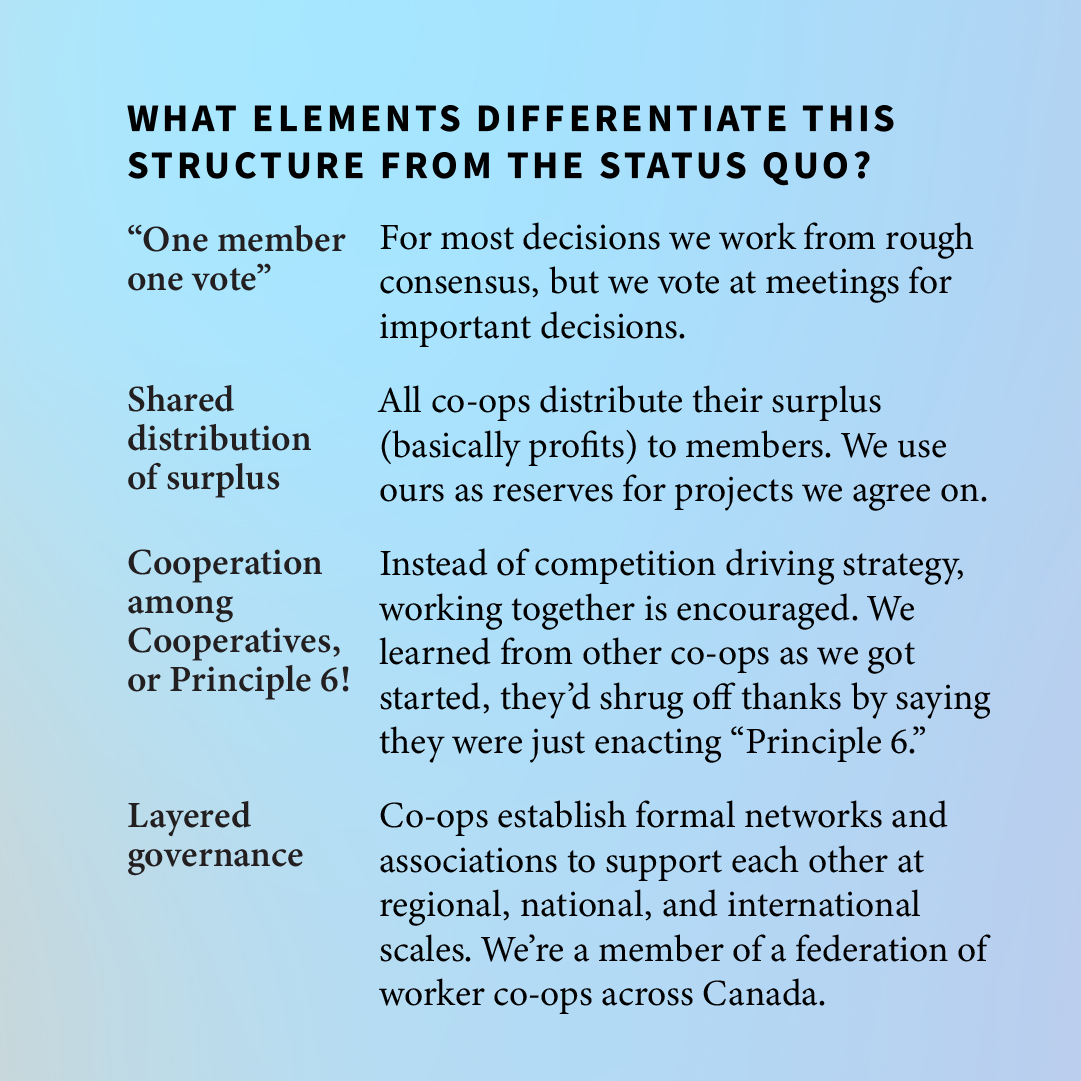

Written with member-workers at Hypha Worker Co-operative, rooted in Tkaronto (Toronto), Great Lakes Region
Conclusions
I looked at each of these case studies, (consensus hand signals, tech worker co-operatives, etc.) as designed experiences made up of a series of touchpoints: the spaces, roles, vocabulary, tools and technologies that make the experience possible. This translation to a service design perspective began to clarify the unique mindset a designer might bring, for better or worse. It’s difficult to imagine anyone mapping out the experience of a rotating savings and credit association, for example. These are traditions, passed down and iterated over time through group conversations and efforts. As a service designer, I consider a list of touchpoints as things to be ‘designed’ through a time-bound, defined process. Yet most of these touchpoints were created over generations, or bought quickly at a grocery store, or donated by a neighbor, or learned from another group of activists. As noted in our workshop at the Participatory Design Conference in 2020, it became clear that a design lens led me towards new invention and planning something out in a project-based way, rather than long term development with acceptable solutions.
__
See further references at designradicalfutures.com/instagram